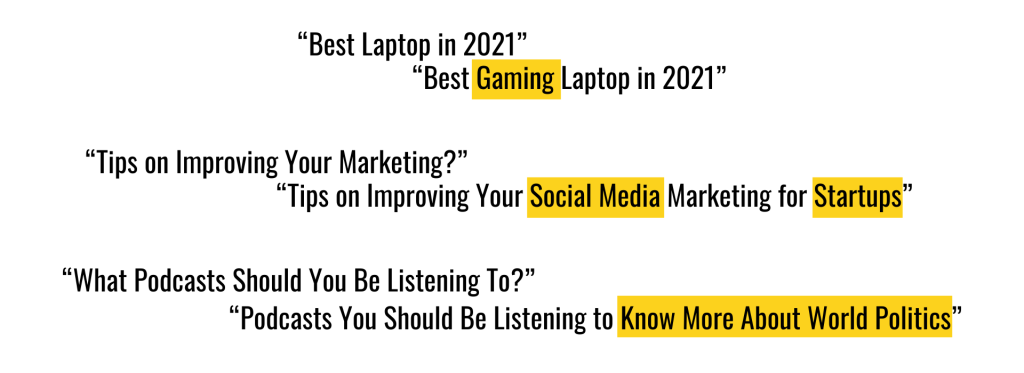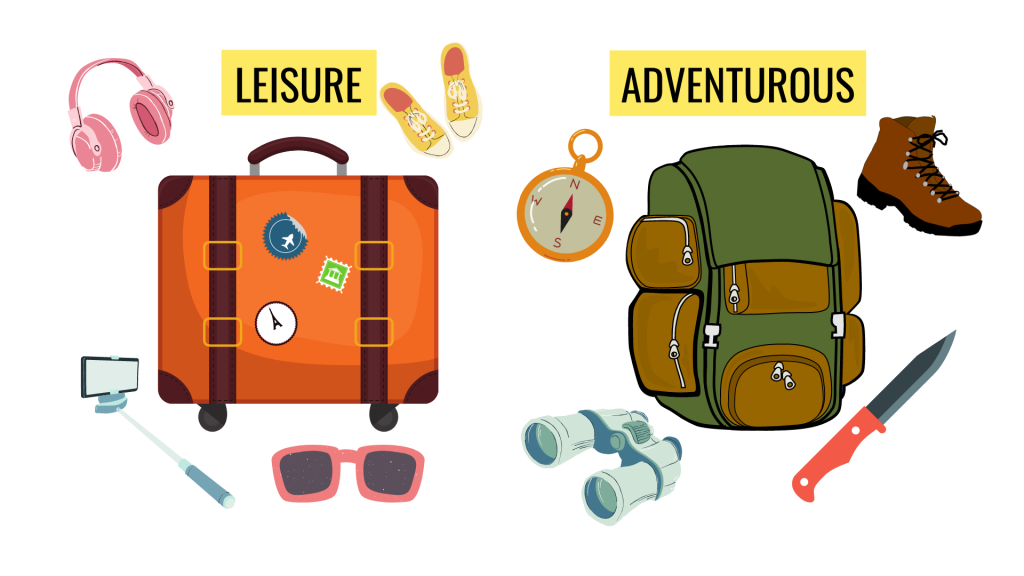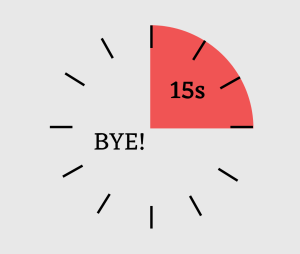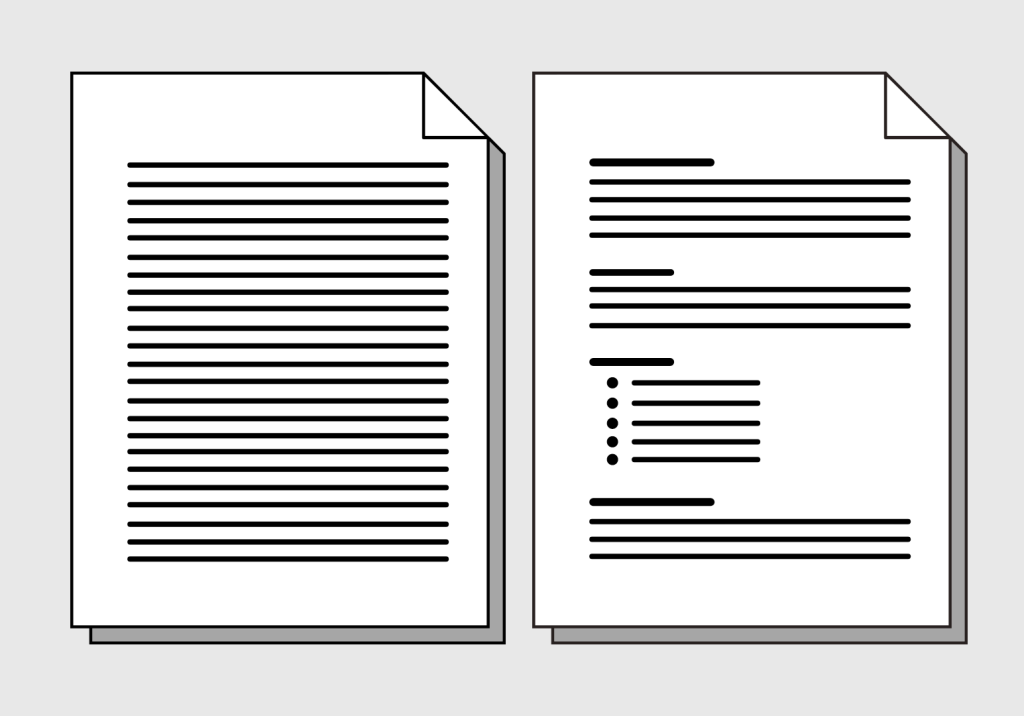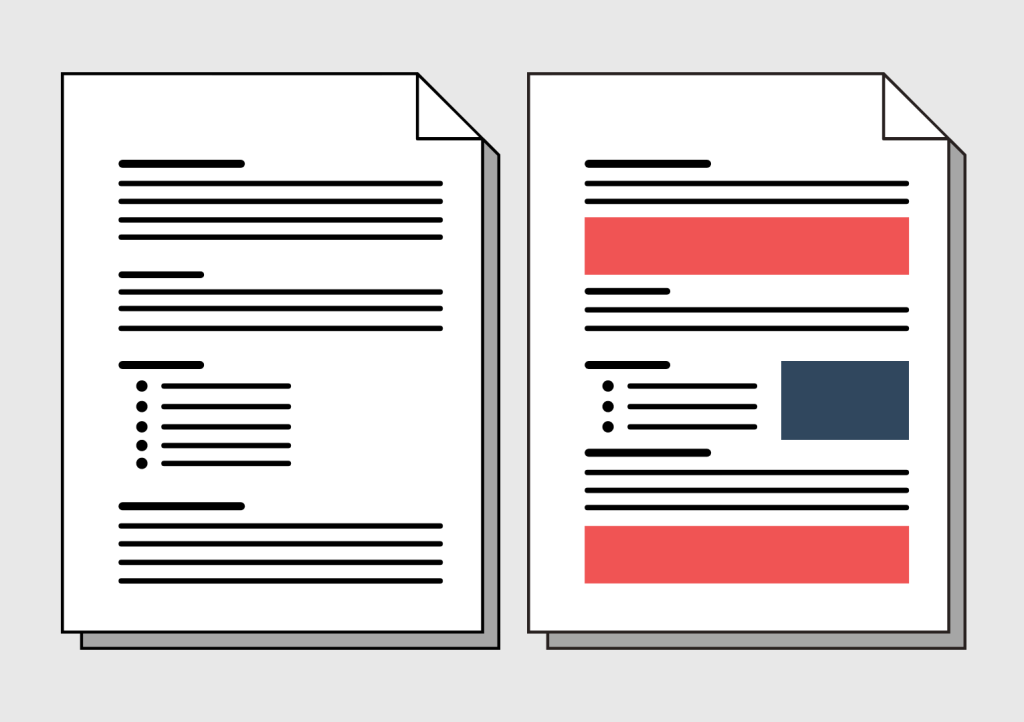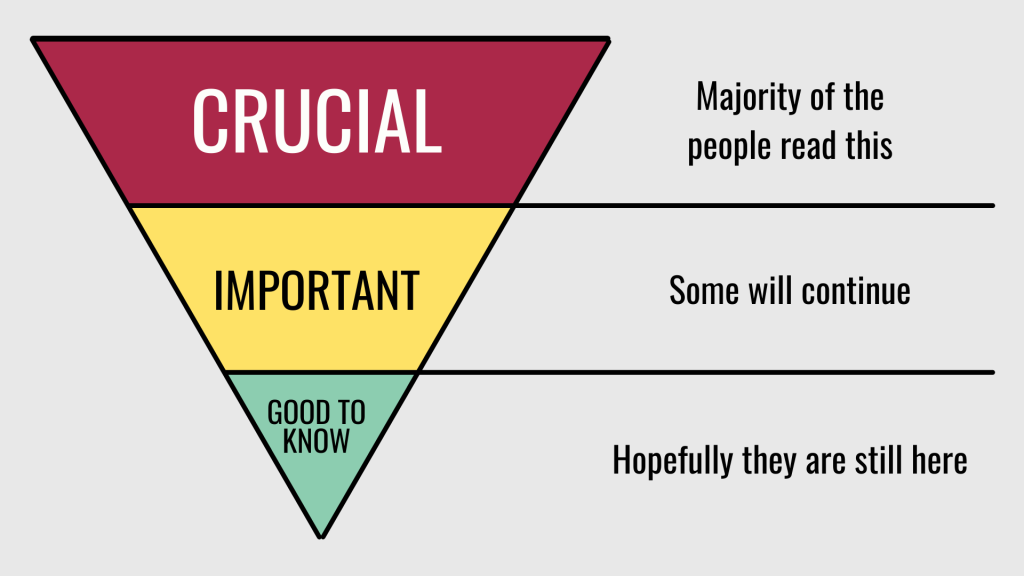9 TIPS FOR WRITING
BETTER CONTENT
Do you know? What you are reading right now, at this particular moment, is what people call the “first sentence” of an article?
“Duh,” you say. Right, of course we all know this. But this is not the main point. And the moment you finish reading this sentence, you have now spent almost 15 seconds on this page.
Now, let’s continue. This article is all about content, but specifically, how to write content that people will actually read.
WHAT IS YOUR GOAL?
Before starting anything, the first most important thing is to figure out why you are writing? What are you planning to achieve? What is the purpose of creating content?
Knowing the end goal can help you better structure your content, try asking yourself a few questions:
- Is it focused on boosting your website traffic and attracting sponsorship?
- Are you selling a service or product?
- Are you trying to attract subscribers and build a community?
- Aiming to build your brand and find your industry voice?
FIND YOUR NICHE
We are human beings, not sophisticated AI robots. We are not born and trained to know about everything. Even within a specific industry, there are just too many things for our brain to process.
Writing bits and bits, touching here and there wouldn’t help you to find a spot in the industry. People want to know about things that they don’t know, they want to get advice and insights to help them make better decisions. If you’re trying to cover everything, you may only be scratching the surface of whatever topics that you are writing.
KNOW YOUR AUDIENCE
Say your website is all about traveling. What kind of content you’re going to write and the tone depends on your target audience. Are you writing for college students? Solo travelers? Photographers and videographers? Family trips? Traveling for leisure? Adventurous travel?
Even just talking about “travel”, you can already see what I meant by knowing your audience group. Without having a target, you will be writing all sorts of content and confusing your website visitors. They just don’t quite know if your content suits them.
Even within the same area (field, industry, interest, etc.), different audiences will have different enquires and needs.
Now say you’re writing for solo travelers, your next step is to figure out what content would interest your potential customers.
- What kind of solo travelers are coming to your website?
- What do they want to know?
- What are some of the common search terms they are using?
(You might also want to use websites like Google Trends to search for popular terms in the field/industry.) -
KNOW YOUR STUFF
This is pretty obvious, right? If you are to write about something for others, you first need to know you are writing. And I’m not talking about “what topic am I writing”, but “do I know enough to make suggestions”.
Do your research, get your facts right, get numbers to prove, make sure things are up to date. Sometimes people may or may not already have an answer, but they are just finding other sources to see if they are in the right direction.
And if you get your facts wrong or things are just too outdated, just one mistake can cost you your credibility.
15-SECOND RULE
No matter if you’re a new aspiring writer or someone who has done this for years, we always spend a lot of time writing out the opening paragraph, particularly the very first sentence.
This is the paragraph that will determine the fate of an article. Either your readers will continue reading, or they simply close the tab.
Realize how I bolded “15 seconds” in the opening? This is the average attention span for a general reader. If you didn’t manage to capture their interest in the first 15 seconds, there’s a high chance they wouldn’t even bother continuing. Even if you have great content, that doesn’t matter anymore.
SPEAK IN LAYMAN’S TERMS
We all have specific terms in our industries. For example:
- “Beat” in journalism essentially refers to a specific section in news (crime beat, political beat, environment beat, etc.
- “Exhibit” in the legal field for “documents or physical objects used as evidence”
- “B-roll” in film and television production referring to “supplemental footages”
- “Favicon” for the small icon next to your domain name (on the left) at the browser address bar in the website industry.
-
These are what we call “jargons”, the industry-lingos that potentially only people in your field would understand. The last thing you want is to have your readers go and search for definitions every single time.
Your readers are likely to understand more and remember more if you write your article with simple language. If it is too hard, they will just go search for an easier article to read.
MAKE SURE IT’S SCANNABLE
Imagine you did every single thing right. You know who you are writing for, you’ve done your research and know your stuff, you’ve eliminated all the jargon that could turn people away.
But for some reason, you have this big chunk of words, all in one paragraph. The layout is just so bad to a point you can barely read it.
If it’s the start of a relatively new sub-topic, divide your text into paragraphs. Use commas and periods to give readers a break. Make use of headings, sub-headings, bulleted or numbered lists, and white spaces between paragraphs.
ADD VISUALS
Our brain works better with visuals compared to words. A study showed that humans tend to remember 80% of what they see and do, while only 20% of what they read.
Cr: NeoMan Studios
Not only that, by having visuals between paragraphs, you are essentially giving your readers a break from all the wordy texts. Much like what white space does between paragraphs, but this is much more visually interesting.
People can easily get bored if they are just reading a bunch of words. From time to time if you add infographics, illustrations, pictures, or videos throughout the entire article, not only will this help readers to absorb important information easier. This will also help to keep them engaged in your content longer.
INVERTED PYRAMID
Last tip, which is more widely used in text-based journalism, is the “inverted pyramid”. This is a story structure where you have the most crucial information at the top—the who, what, when, where, and why of your story. Followed by important details, and “good to know” information last.
Reasons for using the inverted pyramid structure:
- Average readers’ attention span is 8 seconds, this is even shorter than a goldfish!
- Most people won’t finish reading the articles. People on average will read 25% of an article, while only 20% of them will finish reading it.
- Crucial information = most relevant keywords of your article.
By front-loading your article with crucial information, the majority of the important keywords will appear in the first few sentences, which also benefits your search engine optimization (SEO).
An inverted pyramid structure is about giving important information at the very beginning, but that doesn’t mean you need to give EVERYTHING.
If you are giving out too much in the beginning, people will just leave after reading your first 2 paragraphs. Your website will receive a very short average time on page, which is bad for your SEO.
Include your most important keywords in the first paragraph, let your readers know what this article is about. But don’t give the details, just summarize and introduce your content here.
This is your “teaser text”, a way to lure your readers to continue reading.
Hopefully, after reading this article, you will have a better sense of how to write interesting content. No worries if you are not getting a lot of clicks at first. It takes time for every writer to figure out their best writing strategy.
It requires experimentation.
But the very first thing you need to do now is to start writing and see what works for you. If you don’t have a website, I would recommend WordPress for those who know how to code, or Website.com for beginners.

